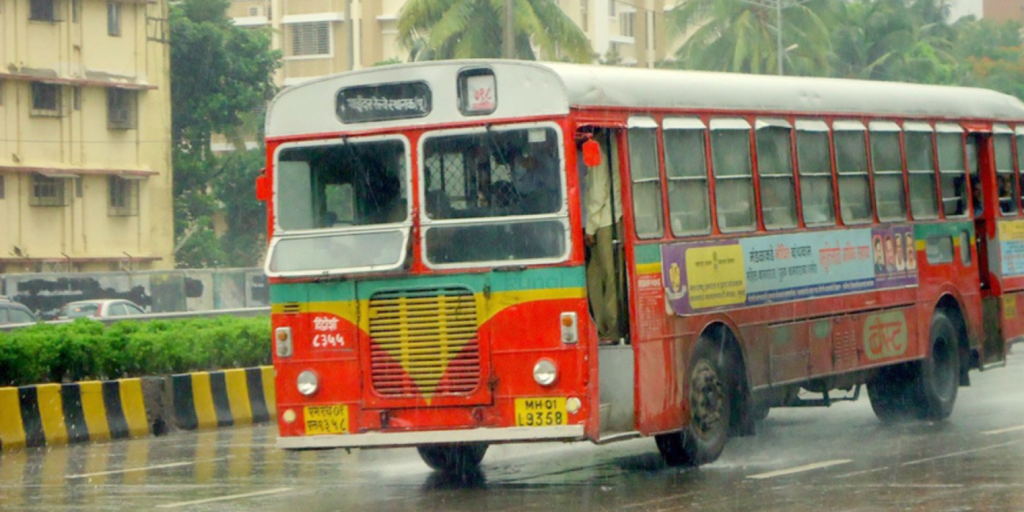Free public transport can have several benefits for the environment. Here are some ways it helps protect the environment:
Reduced Greenhouse Gas Emissions:
By providing free public transport, more people are encouraged to use buses, trams, trains, or other forms of public transportation instead of using private vehicles. This leads to a reduction in the number of cars on the road, which in turn reduces greenhouse gas emissions and air pollution. Public transport vehicles are generally more fuel-efficient and emit fewer pollutants per passenger compared to individual vehicles.
Decreased Traffic Congestion:
With more people opting for free public transport, there is a potential decrease in traffic congestion. This results in smoother traffic flow, reduced idling time, and decreased fuel consumption by vehicles. Reduced traffic congestion also leads to shorter travel times, improved air quality, and a more efficient transportation system.
Conservation of Energy Resources:
Public transport is generally more energy-efficient compared to individual vehicles. By promoting the use of free public transport, the overall energy consumption for transportation purposes can be reduced. This conservation of energy resources helps in minimizing the demand for fossil fuels, which are limited and contribute to environmental degradation and climate change.
Preservation of Natural Landscapes:
When people choose public transport instead of driving their own vehicles, the need for parking spaces and road infrastructure decreases. This can help in preserving natural landscapes by reducing the amount of land required for parking lots, roads, and associated infrastructure. Preserving natural landscapes contributes to biodiversity conservation and the overall aesthetics of the environment.
Encouraging Sustainable Mobility:
Free public transport promotes sustainable mobility options by making them more accessible and affordable for everyone. It encourages a shift towards more sustainable transportation modes and reduces dependence on private cars. This supports the development of integrated and multimodal transportation systems, including cycling and walking, which are environmentally friendly modes of transport.
While free public transport can contribute positively to the environment, it is essential to consider the associated costs, funding mechanisms, and the overall sustainability of such initiatives. Additionally, other factors like efficient route planning, frequency of services, and the use of clean energy sources for public transport vehicles are crucial to maximizing the environmental benefits of free public transport.

